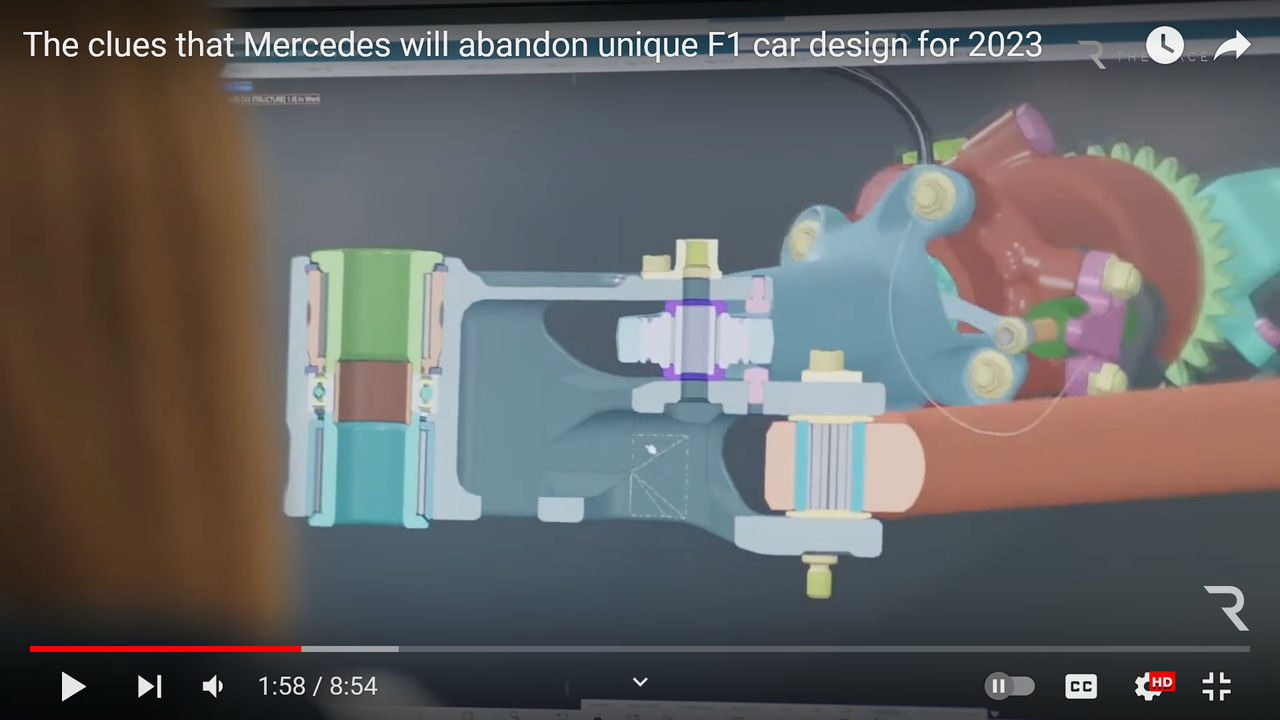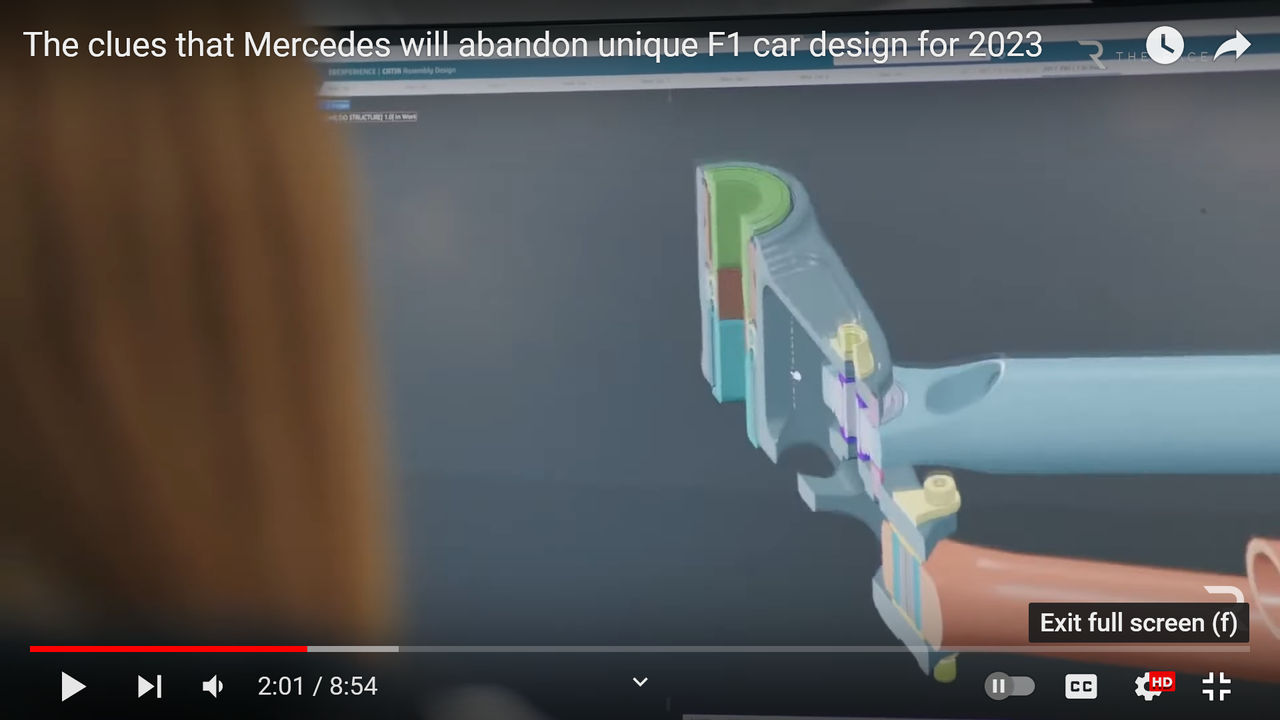I am a bit confused about how various suspension elements interface with the chassis/other inboard suspension elements.
I have found this image (see attached) that illustrates the various methods I have seen used.
Method 1) Seems quite straight forward. The push rod seems to pass through a dedicated cutout and mount to the bell cranks using a traditional tie rod end.
Method 2) the lower wishbone has an aerodynamic airfoil profile which has a nicely blended interface with the chassis. However the blended piece seems to be rigid carbon. How does this allow for wishbone movement during suspension travel? Do these wishbones use some sort of tie rode mounting within the chassis? Is the blended covering/shroud flexible?
Method 3) the upper wish bone seems to be a flexible carbon blade that mounts directly to the outside of the chassis. Is this the case? No tie rod connection and movement during suspension travel allowed for by wishbone bending?
Any insight into the details of the upper and lower wishbone connections in the image would be much appreciated.
Thank you



